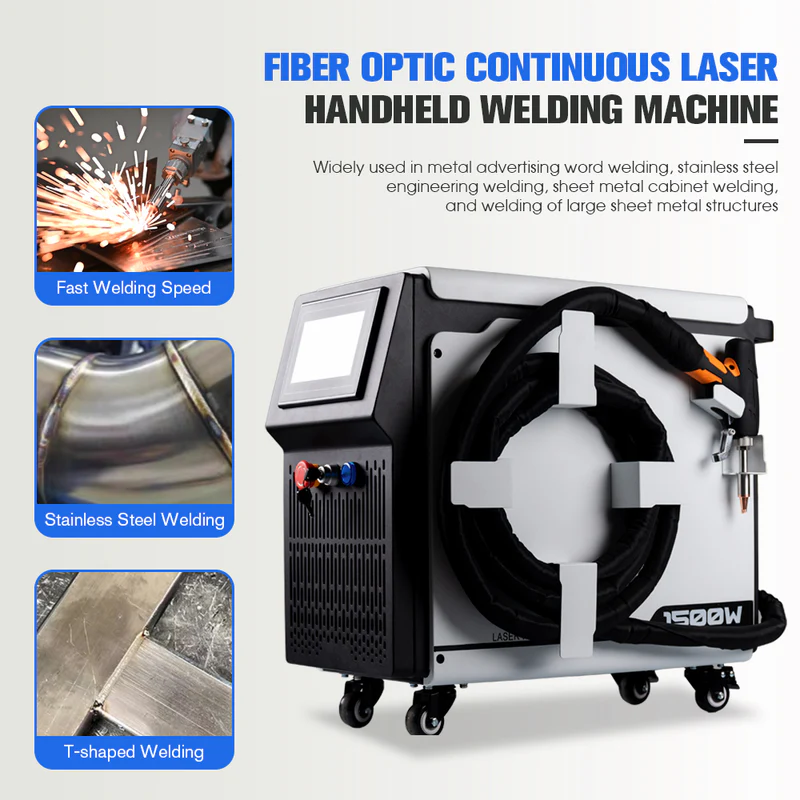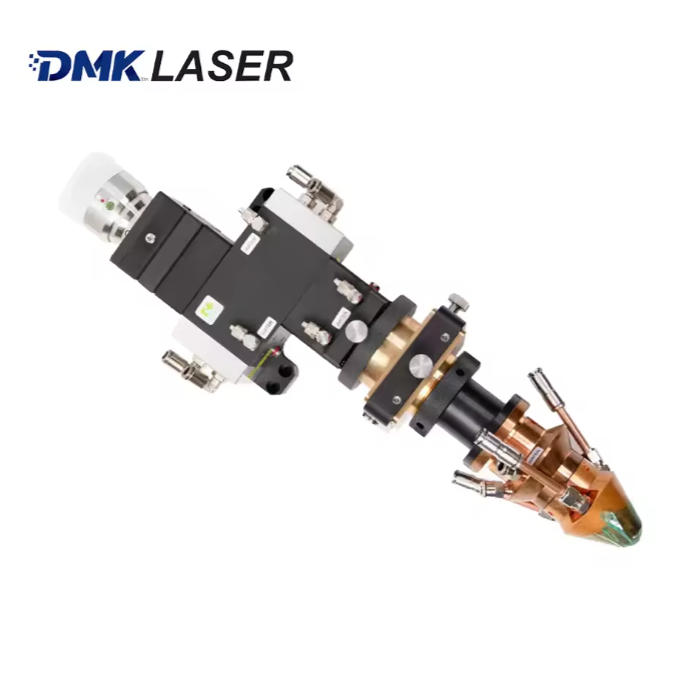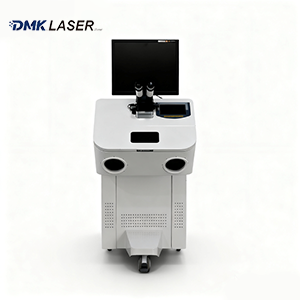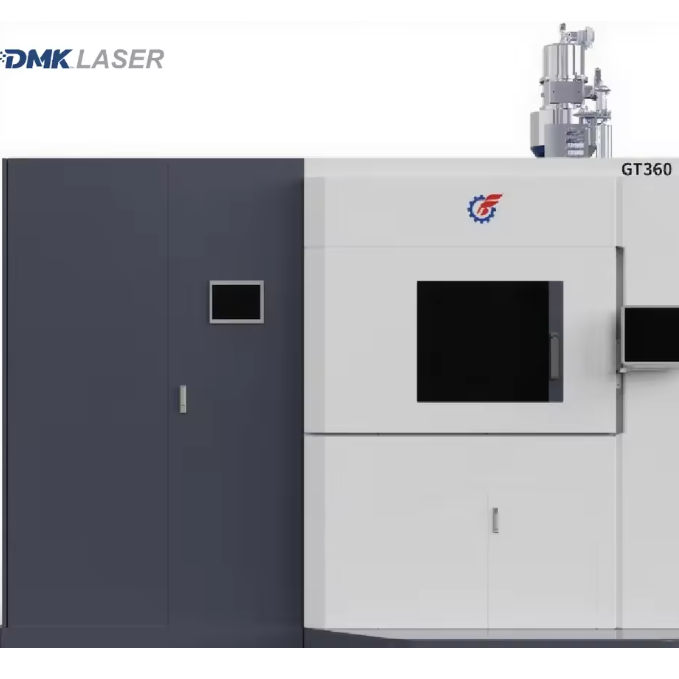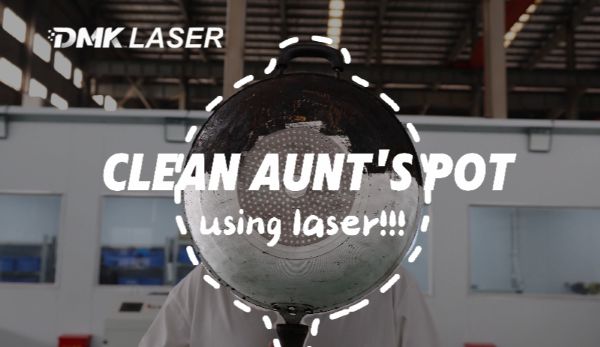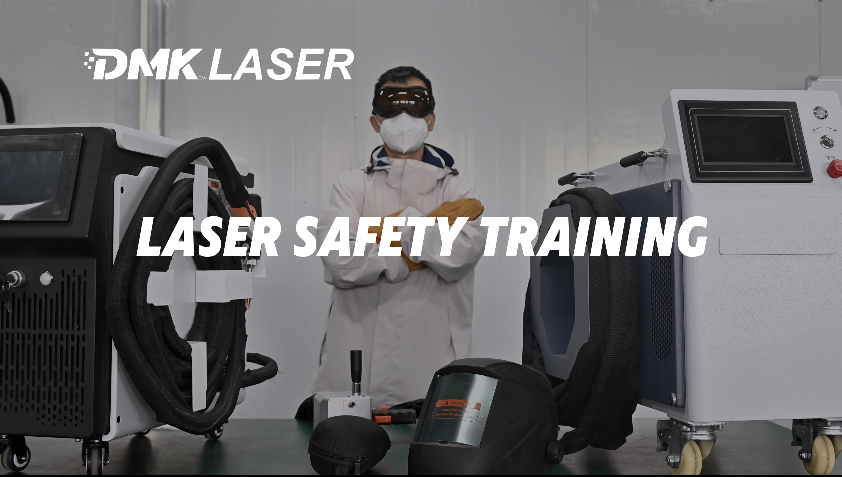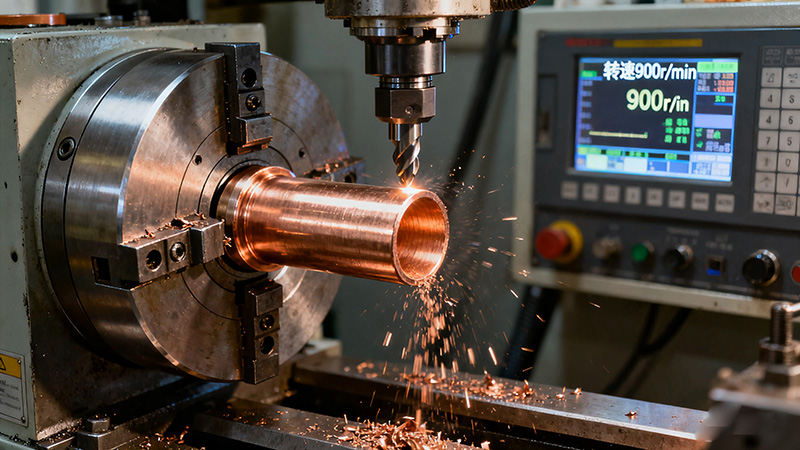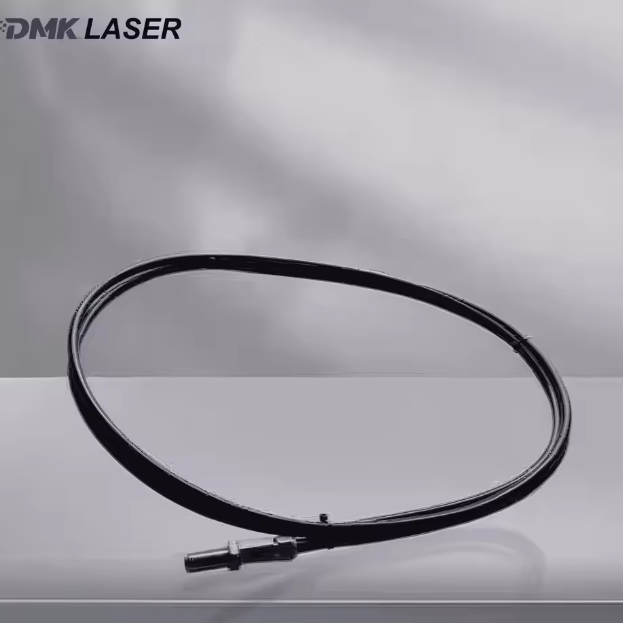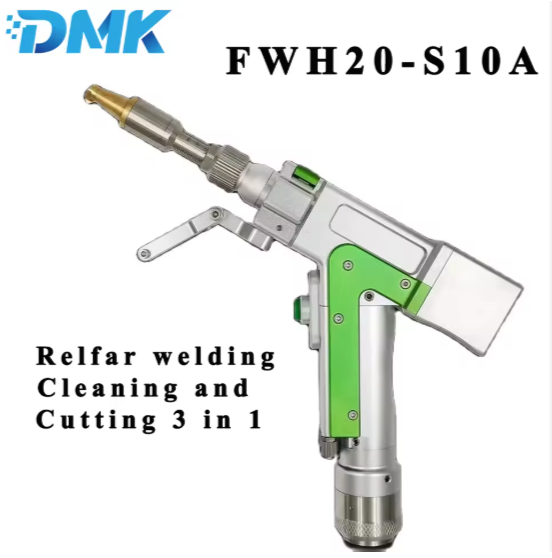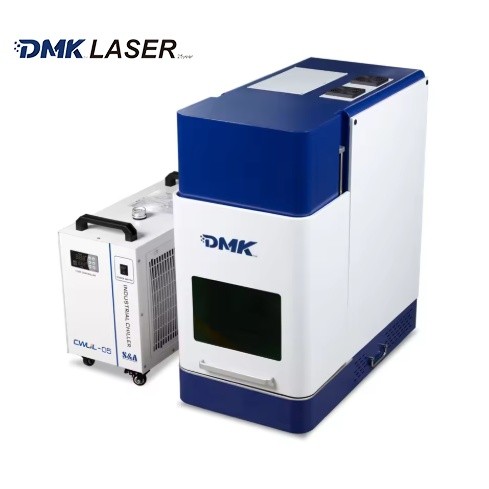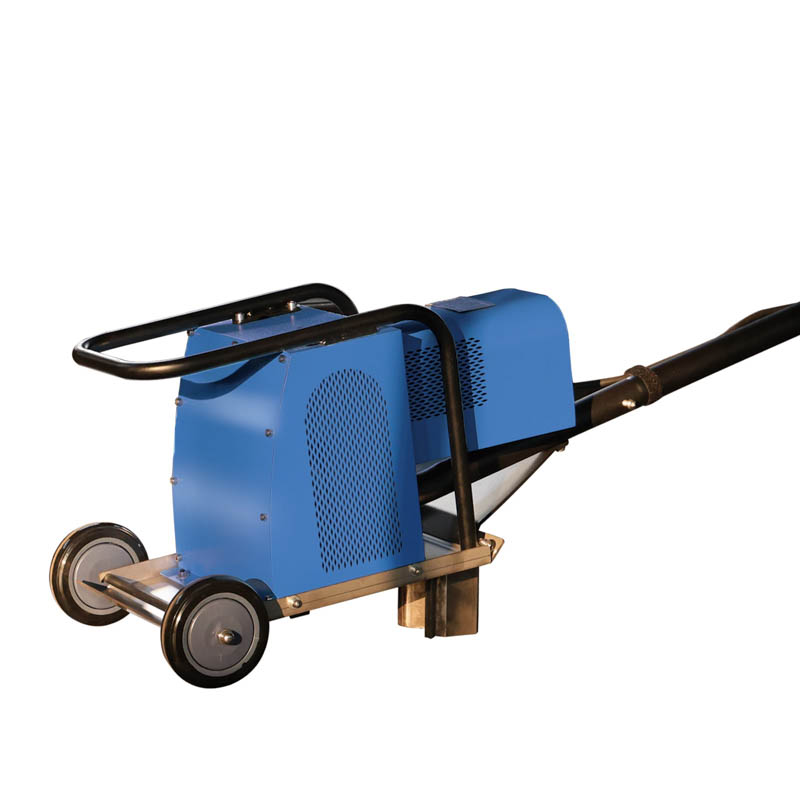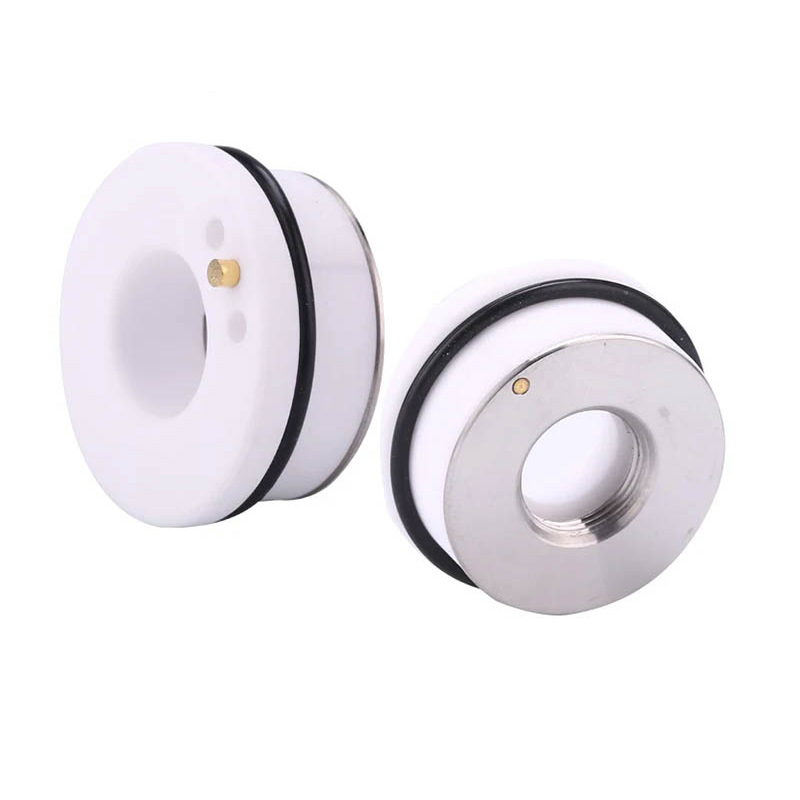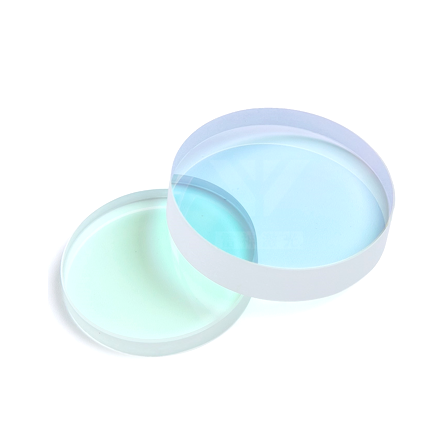Your cart is currently empty.
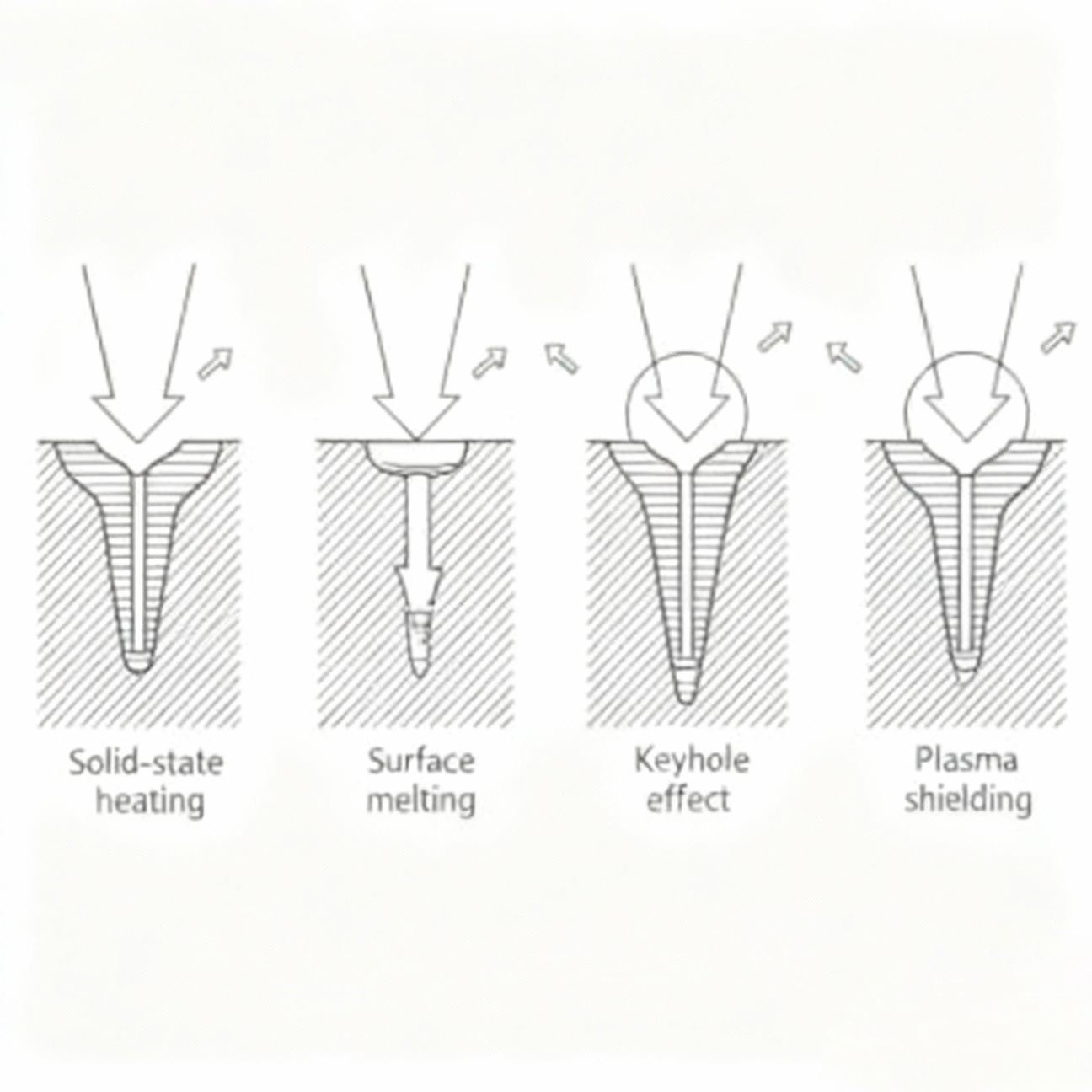
Laser processing uses a focused laser beam as a heat source to impact a workpiece, melting metal or non-metallic materials and forming small holes, cuts, joints, cladding layers, and other processes. Essentially, laser processing is the interaction between laser light and non-transparent materials. From a microscopic perspective, this is a quantum process, while from a macroscopic perspective, it manifests as physical phenomena such as reflection, absorption, heating, melting, and vaporization.
Under irradiation with laser beams of varying power densities, the material surface undergoes various changes, including surface temperature rise, melting, vaporization, pore formation, and photoinduced plasma generation. Figure 1.1 illustrates the various physical changes that occur on the surface of metal materials under laser irradiation at different power densities.
When the laser power density is below 10⁴W/cm², the absorption of laser energy by the metal only results in a temperature increase on the surface, while the overall material remains in a solid phase. This power density range can be used for surface heat treatment, phase transformation hardening, or brazing of parts. When the laser power density is in the 10⁴-10⁶W/cm² range, a heat conduction heating effect occurs, causing surface melting of the material. This range is suitable for metal surface remelting, alloying, cladding, and heat conduction welding (such as high-speed thin-plate welding and precision spot welding).
When the laser power density reaches 10⁶W/cm², the temperature at the center of the laser heat source on the material surface reaches the boiling point of the metal, causing the metal to form plasma vapor and undergo rapid vaporization. Under the influence of the vaporization expansion pressure, the liquid metal surface deflects downward, forming a deep-penetrating pore. Simultaneously, the metal vapor is ionized by the laser beam, generating photoinduced plasma. This power density range is primarily suitable for processing operations such as deep-penetration laser welding, cutting, and drilling.
When the laser power density exceeds 10⁷W/cm², the photoinduced plasma propagates in the direction opposite to the incident laser beam, forming a plasma cloud, which can shield the laser light. This stage is suitable for using pulsed lasers for processes such as drilling and impact hardening.
Early laser processing technology, due to its low power, was primarily used for small hole drilling and micro-welding. Since the 1970s, with the advent of high-power CO₂ lasers and high-repetition-rate yttrium aluminum garnet (YAG) lasers, and the deepening research into laser processing mechanisms and processes, laser processing technology has made significant progress, expanding its scope of application. Multi-kilowatt laser processing equipment has been used for high-speed cutting, deep-penetration welding, and surface treatment of various materials. The introduction of various specialized laser processing equipment, combined with technologies such as optoelectronic tracking, computer numerical control, and robotics, has significantly improved the automation level and usability of laser processing.
Laser can be understood as the process of converting raw energy—such as electrical, chemical, thermal, optical, or nuclear energy—into a beam of electromagnetic radiation at a specific optical frequency (ultraviolet, visible, or infrared). This energy conversion is easily achieved in some solid, liquid, or gaseous media. When atoms or molecules in these media are excited, they produce a beam of light with nearly identical phase and a near-single wavelength, known as laser light. Due to the co-phase and single wavelength characteristics of laser light, its divergence angle is extremely small, allowing it to travel over long distances before being highly focused for welding, cutting, cladding, and other applications.
Laser processing equipment consists of four core components: a laser, an optical system, a mechanical system, and a control and detection system. The high-intensity laser beam emitted by the laser is focused by a lens and then applied to the workpiece surface. The power density at the focus can reach 10⁶ to 10¹²W/cm² (corresponding to temperatures exceeding 10,000°C). This energy instantly melts and vaporizes any material. Laser processing utilizes the thermal effect of this light energy to perform operations such as welding, drilling, and cutting. Currently, the lasers commonly used in processing are YAG solid-state lasers and CO₂ gas lasers. CO₂ lasers are widely used in laser processing due to their simple structure, high output power, and high energy conversion efficiency.
Previous: DMK Store Notes: Welcome "New Member" Million
Next: DMK Laser shines at 2025 FABTECH Metalworking Exhibition in the United States







Your cart is currently empty.
